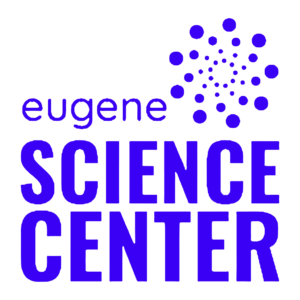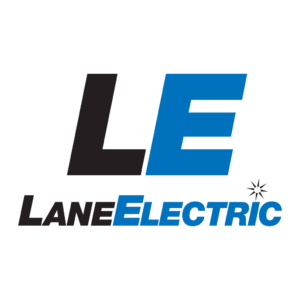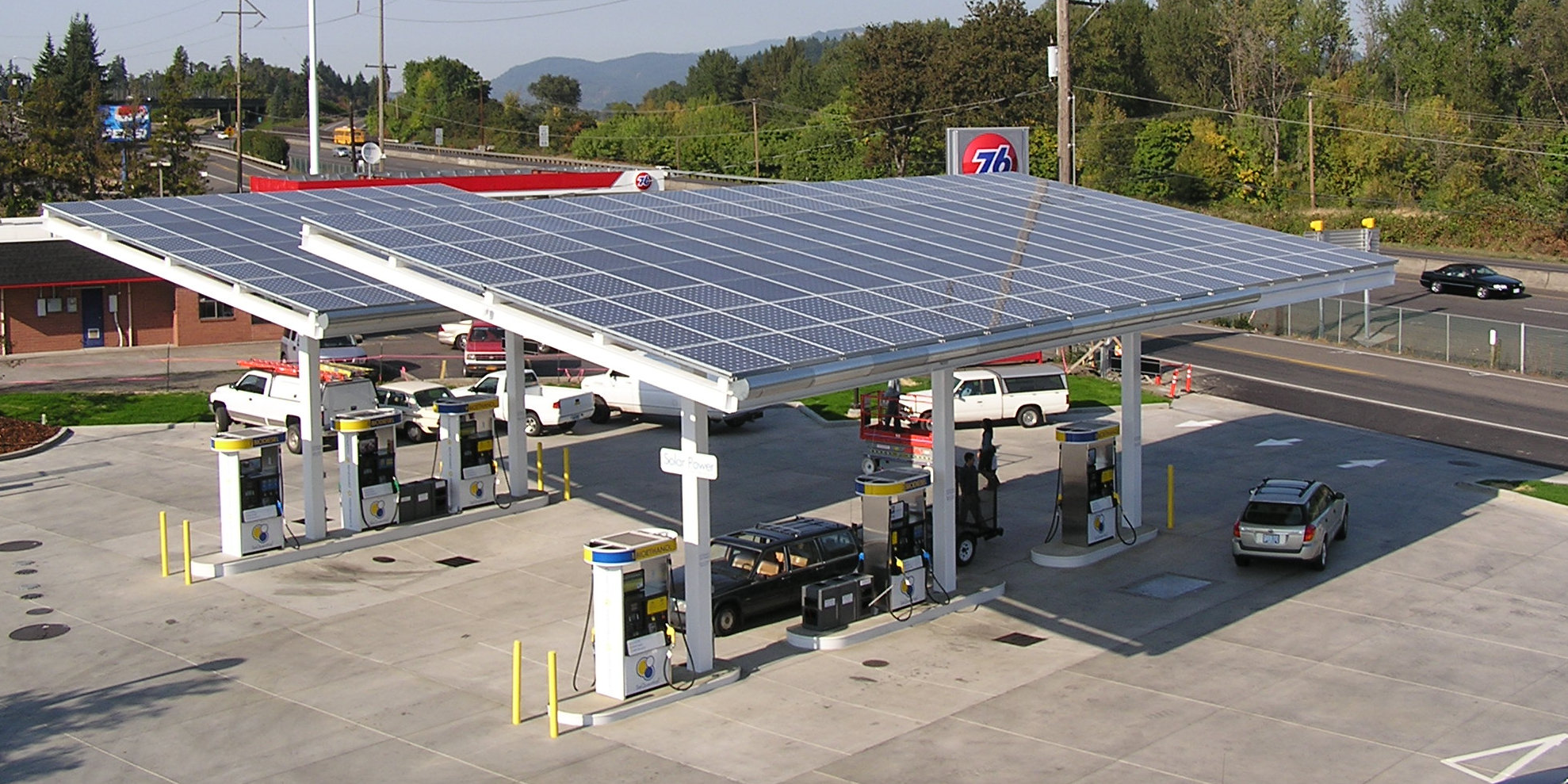
Commercial
solar systems
Quality system design & installation
A solar electric system typically becomes a net positive investment in as little as six years of operation — all while creating clean power on-site.
Step toward sustainability
A solar power array makes an important statement about your company. It is a concrete expression of your commitment to renewable energy and a reduced carbon footprint.

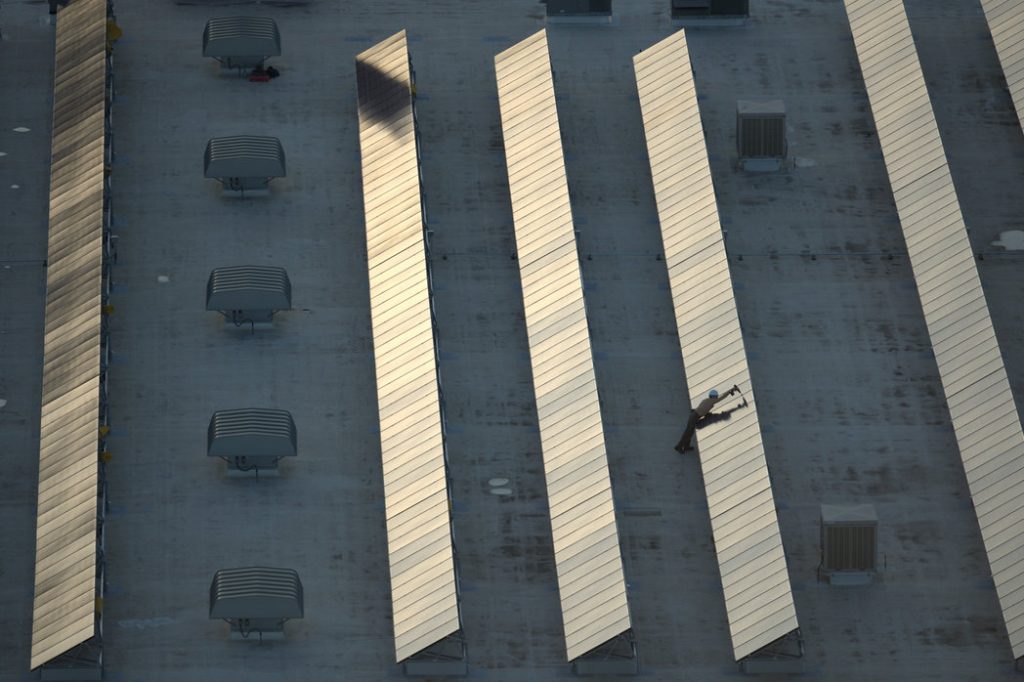
We know our trade well
We have designed and built dozens of commercial-scale solar electric systems, at warehouses, factories, wineries, gas stations, retail properties, farms, and more.
Lowering upfront costs
We can help you navigate the tax credits and utility incentives that make commercial solar energy systems a cost-effective way to control energy costs. In fact, the 30% federal investment tax credit and the depreciation schedule for solar equipment allows solar projects to be net positive in as little as six years. Learn more about incentives available.
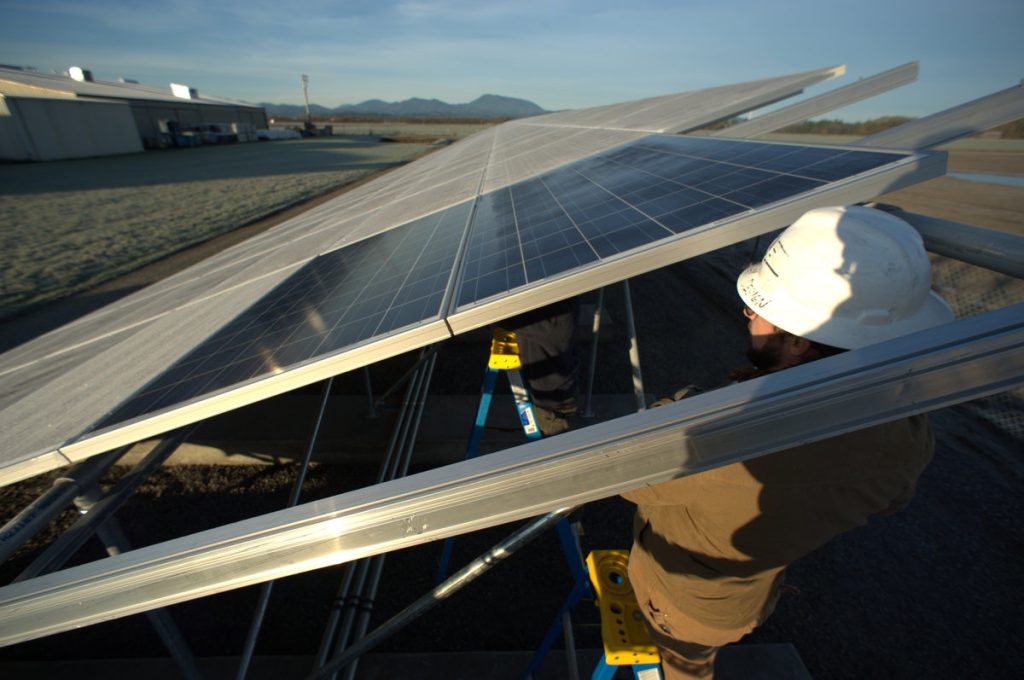
Planning & design details
We work directly with business owners on some projects. And on others our in-house design team also has partnered with structural and electrical engineering firms or general contractors to offer system design documentation, procurement, and installation services for projects across the western United States.
Commercial solar projects usually require a 3- to 12-month timeline, along with meticulous design and financial planning. We are here to help with all of it.
During the planning stage, we consider a few different options:
- sloped roof installation,
- flat-roof tilt-up arrays, fastened to roof supports,
- flat-roof ballasted racking, held fast with a combination of concrete block and fasteners, or
- building-integrated arrays, wherein the roof itself is created from solar modules
Typically, our commercial clients end up producing 15% to 50% of their annual power load with their solar panel arrays, when they are installed to feed an existing business property or manufacturing facility, what we call a “net-metered” system.
Some commercial solar projects may be designed as “direct generation” systems, meaning they feed power onto the utility-owned grid directly.
Each of these types of designs have pros and cons. Additionally, each utility and AHJ (Authority Having Jurisdiction) in Oregon has a unique set of rules governing the connection of these systems to the grid. We can assist you with wading through these complex laws and regulations to choose a path that best suits your site and the intended purpose of your solar investment.
Large-scale direct-generation projects
Larger systems designed to be “direct-generation” — that is, they feed power directly onto the utility-owned grid — involve negotiation of a power purchase agreement with the utility, so the power can be sold onto the wider grid.
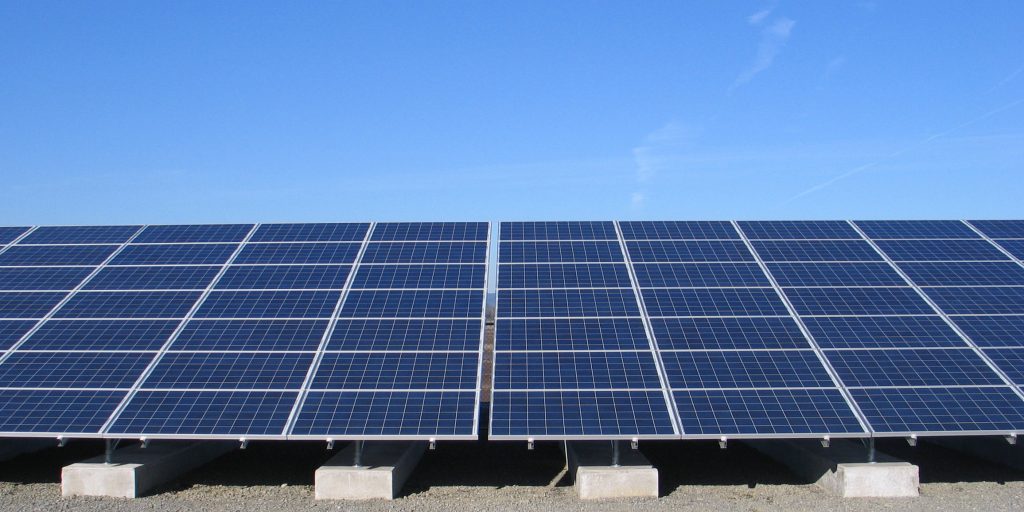
Careful planning is necessary here especially, as there are many restrictions on siting renewable energy facilities. Each county and municipality has their own set of regulations. There are also utility restraints on the capacity of existing power lines and distribution equipment.
Because we believe in responsible land stewardship and the inherent value of our forests and farms, we generally do not recommend the installation of large solar facilities near wilderness area, forestland or farmland (unless dual purpose designs are utilized). These sites are priceless, and often involve lengthy land use decisions, environmental studies, and potential lawsuits that can take years to process.
If you are interested in siting a large facility, however, we can help by accessing a database of super-fund sites, landfills, and other areas more suitable for a big solar project via the U.S. Environmental Protection Agency’s Re-Powering America’s Land program.
These previously disturbed lands are better suited for big solar projects, and can help promote a renewable energy economy. We can also assist you with siting facilities in existing pastures and devalued sites that lie close-in to existing infrastructure. Energy Design has experience working on behalf of our clients to present projects to utilities, AHJs (Authorities Having Jurisdiction), and state and federal regulatory bodies.
Some of our clients
We have completed commercial and institutional solar projects for:

Red Lion Hotel, Bend

Lane Community College

Hummingbird Wholesale

Corvallis School District

Emerald People’s Utility District

High Pass Winery

Lane Transit District
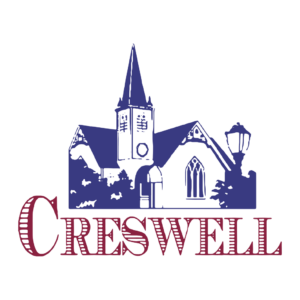
City of Creswell

Cascade Manor

Homes for Good

Linn-Benton Community College
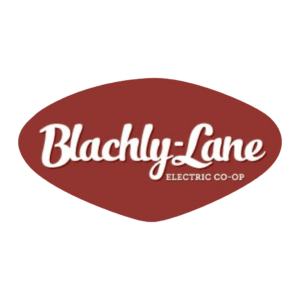
Blachly-Lane Cooperative

Dzogchen Shri Singha Foundation

Fish Food Pantry

Home Power Magazine
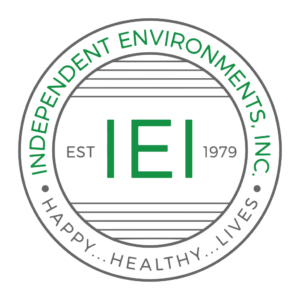
Independent Environments

Inspired Nutrition

The Barrow

Life Source Natural Foods

Oregon Country Fair
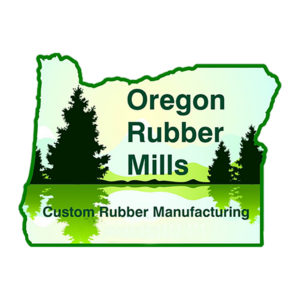
Oregon Rubber Mills

South Lane Mental Health

Springfield School District

Thistledown Farm
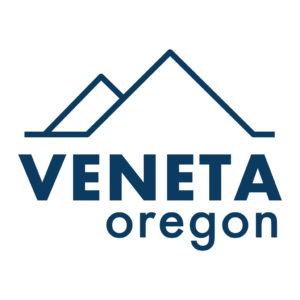
City of Veneta
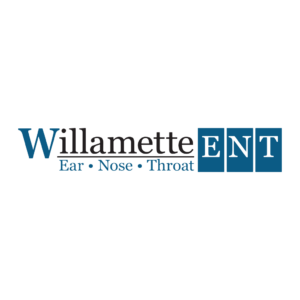
Willamette ENT
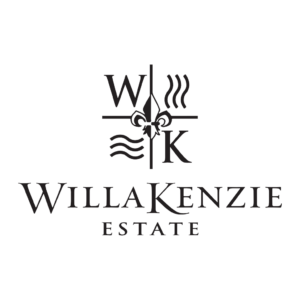
Willakenzie Estate

Winter Green Farm

Lane County School Districts
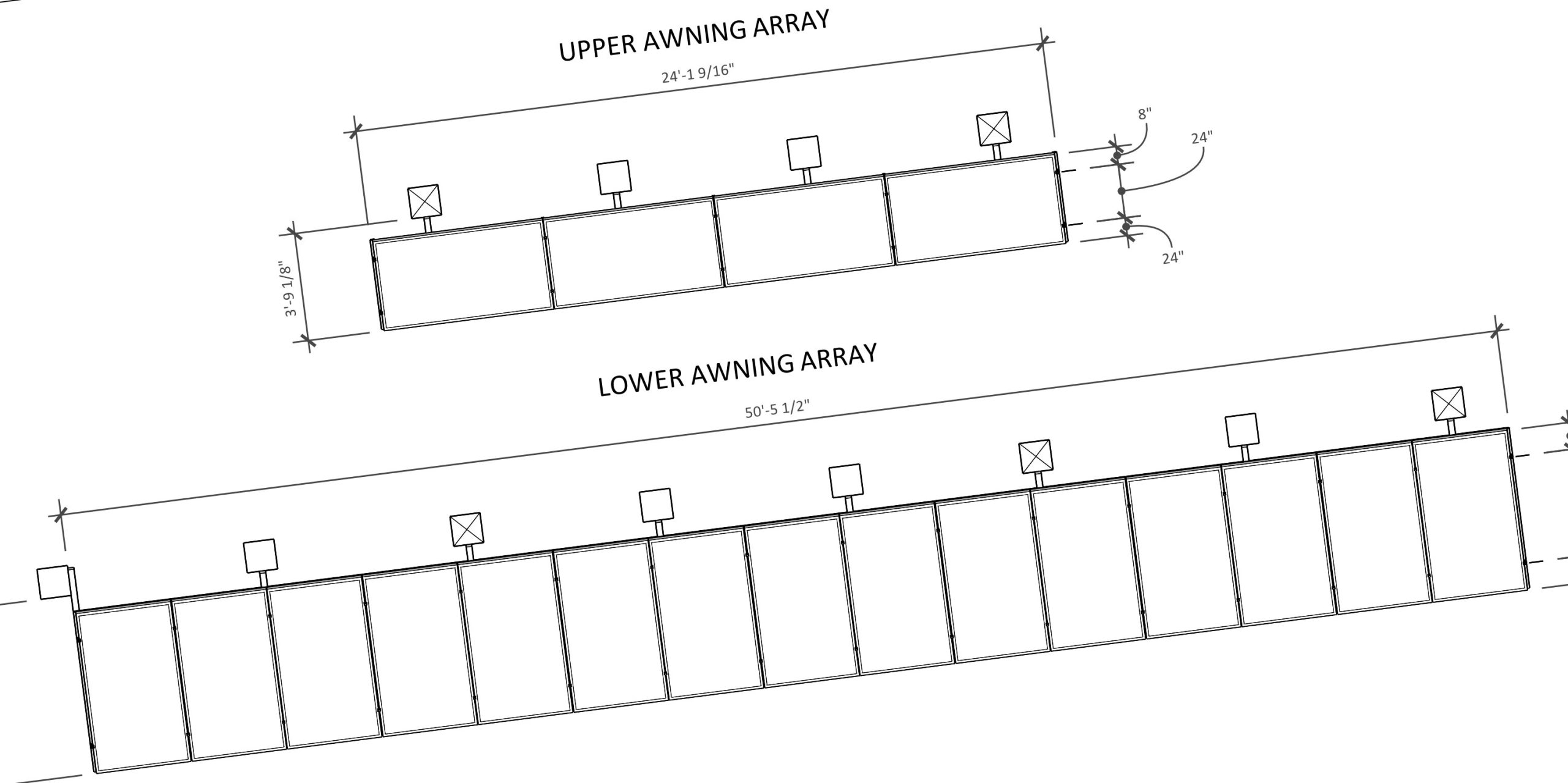
I would highly recommend Energy Design for commercial solar electric installations. Not only did they complete on time, but the system performs better than projected and attracts extra business to our site because of its elegance and original design.
— Ian Hill, Managing Partner, SeQuential Biofuels
